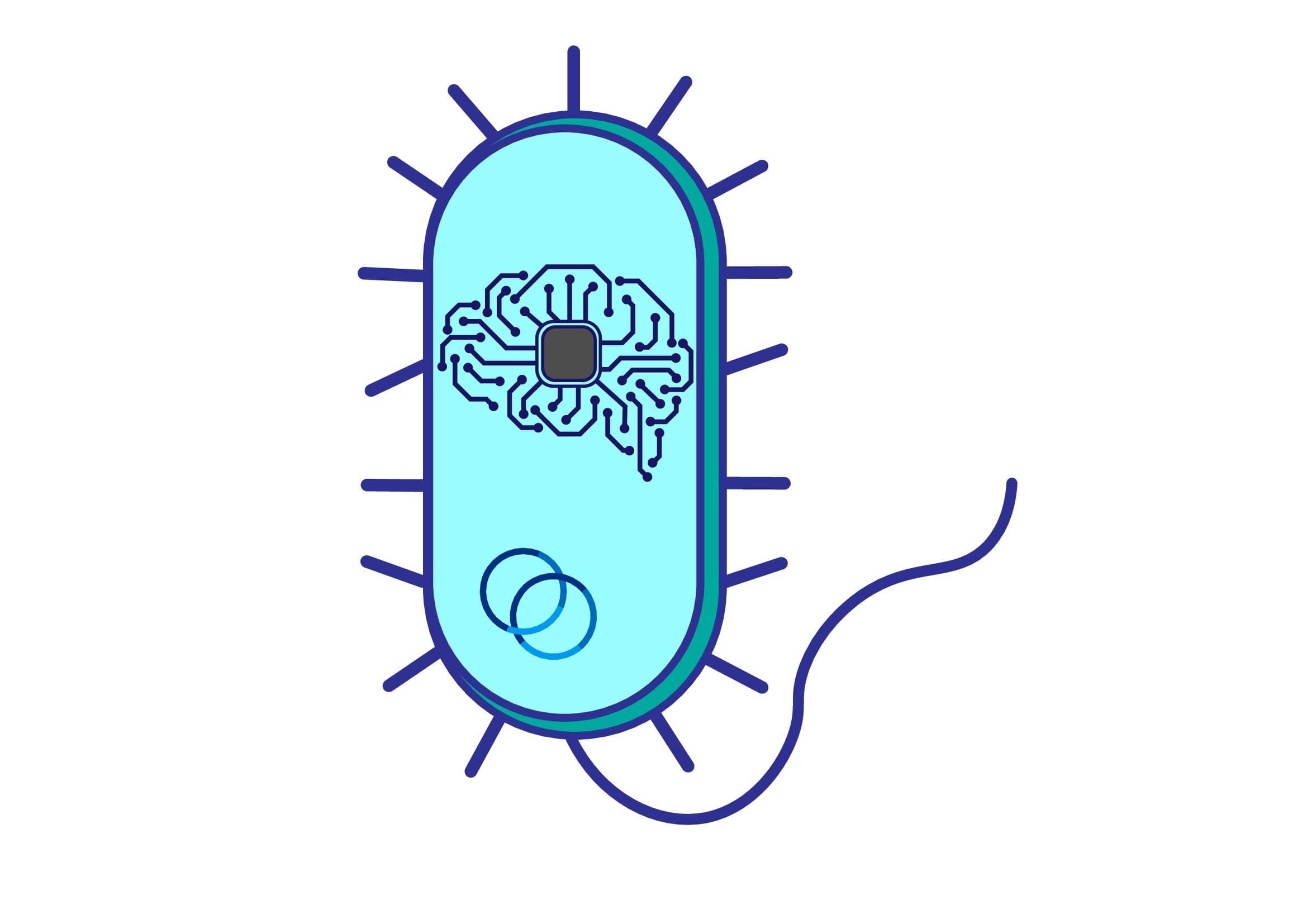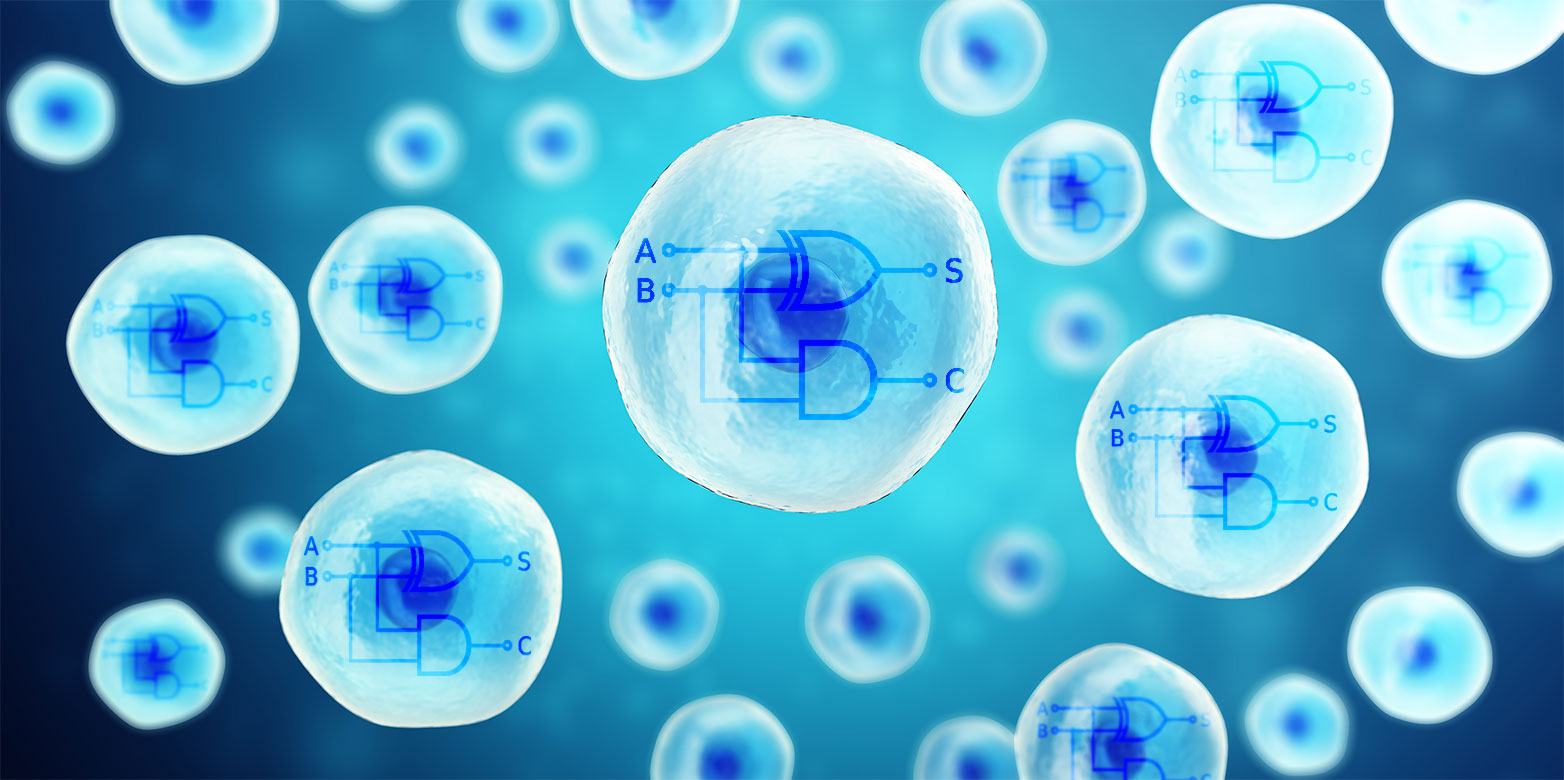
Transforming bacterial cells into living artificial neural circuits; applications include biomanufacturing and therapeutics. Bringing together concepts from electrical engineering and bioengineering tools, Technion and MIT scientists collaborated to produce cells engineered to compute sophisticated functions – “biocomputers” of sorts. Graduate students and researchers from Technion – Israel Institute of Technology Professor Ramez Daniel’s Laboratory for Synthetic Biology & Bioelectronics worked together with Professor Ron Weiss from the Massachusetts Institute of Technology to create genetic “devices” designed to perform computations like artificial neural circuits...
Read More






Recent Comments